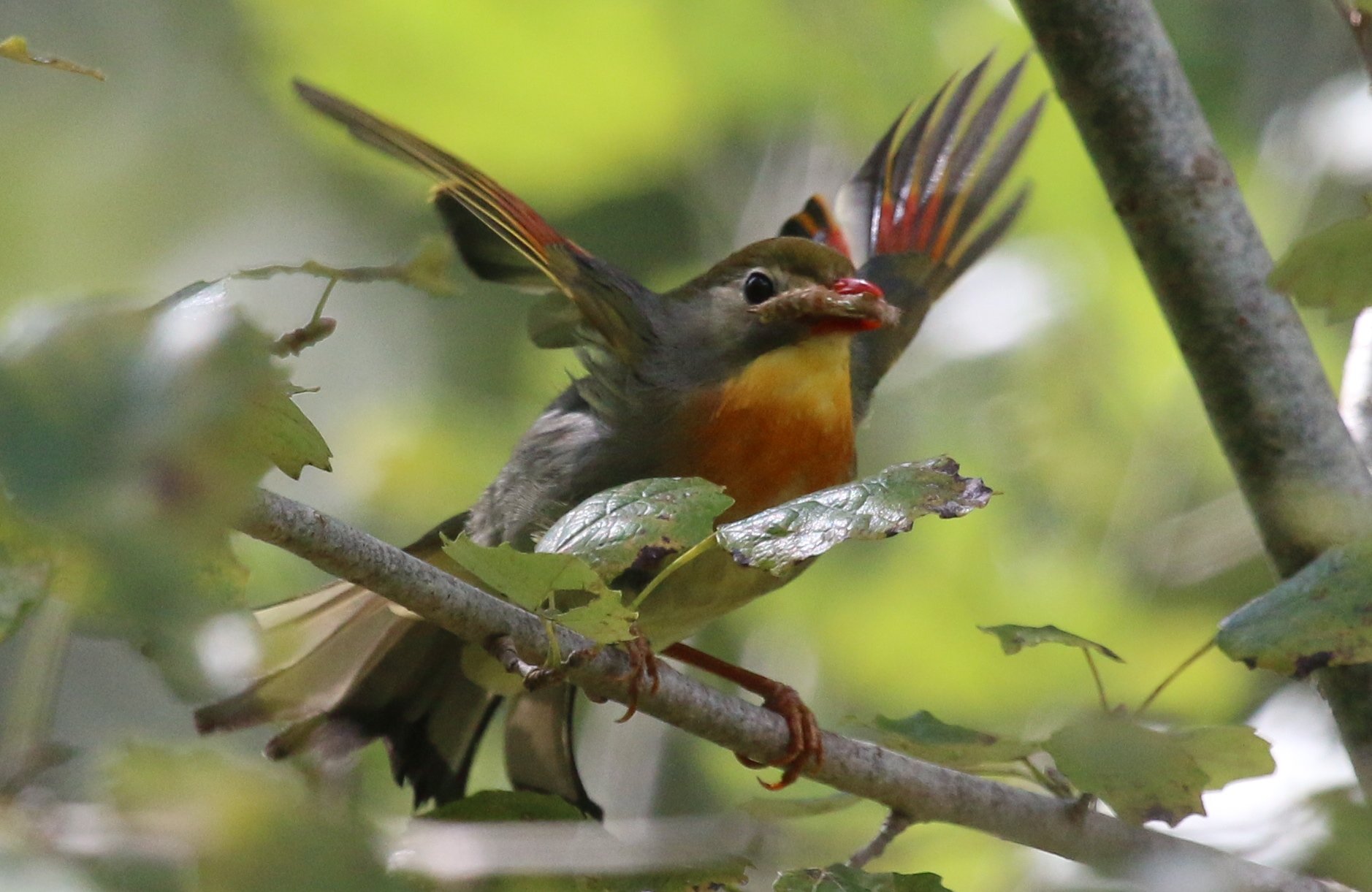
After my grim exposing you last month to Europe’s fifty shades of brown, I felt it incumbent upon me to right my wrong by introducing you to Europe’s most attractive bird, the Red-billed Leiothrix. Clearly, some scientists should never have been granted the privilege of assigning common names to bird species. You may gather from the bird’s name and the fact that its plumage is lacking any browns that the Red-billed Whatever is not really a European bird, “not really” in that its natural range is restricted to the Indian subcontinent and parts of China. However, people have apparently deemed it attractive enough (or Europe’s native avifauna boring enough) to introduce it widely throughout Europe. And while most of these introduction attempts failed, the species has now become firmly established as a “countable” species in several areas of France and Italy, and even Spain so far as I was able to find out. However, all those widely scattered populations are – still? – very small, and few European birders away from these locations will even be aware of the species’ occurrence in Europe, or its very existence for that matter.
When the time came for my family to choose a summer holiday destination, the choice fell on Tuscany for a number of reasons, with “birds” not being one of them. Still, I couldn’t help but search the web for birding hot spots prior to our trip, and was overwhelmed by the general lack of information. The optimistic me assumed that northern Tuscany simply was underbirded and something of a hidden treasure, while the realistic me’s assessment that the birding there must be crap turned out to be closer to the truth. Anyway, the only bit of birding information I was able to extract from the web mentioned a mysterious “Pekin Robin” near Lucca, which was handy as we were staying near Lucca. So a plan was made one fine holiday day to visit the birds nearby, with the rest of the family promising to be tolerant and patient. Finding the site was reasonably easy by Italian road traffic standards, and we soon parked our car in the bright hot Tuscany sun – which didn’t help in convincing the family that this was going to be fun – on the banks of the river Serchio to the west of Lucca.
The Red-billed Whatevers near Lucca populate the narrow strip of riparian forest along the Serchio, which makes them harder to see than if they populated parking lots.
As all birders can attest, birding dense forests is tough going and the key to everything avian is voice. Therefore, I had prepared myself for this moment back in Germany by listening closely to the Red-billed Whatever’s song and calls on xeno-canto. So, when a Cetti’s Warbler started to sing from dense shrubbery next to the path, I was immediately struck by how different that song was from the Cetti’s songs I had heard elsewhere, and remembered clearly that the Red-billed Whatever’s song sounded very similar to Cetti’s Warbler. However, the bird didn’t allow for any look at it, and not wanting to strain my family’s patience by standing around motionless and staring into a green bush for too long, I trotted along further down the path. This is when a Blackcap‘s warning call came from another dense bush, and I was immediately struck by how different that warning call was from the Blackcap calls I had heard elsewhere, and remembered clearly that the Red-billed Whatever’s warning call sounded very similar to a Blackcap’s. Again, no sight in sight, and on I went until I heard the distinct flight call of a Euro Goldfinch, and was immediately struck by how different that flight call was from the Goldfinch flight calls I had heard elsewhere, and remembered clearly that the Red-billed Whatever’s flight call sounded very similar to Euro Goldfinch. You know how it goes…
Along the Serchio near Lucca, even Little Egrets look suspiciously like abberant Red-billed Whatevers
I needen’t have worried though, as a few steps further down the track the bushes suddenly exploded with the most bizzarre calls, and we were surrounded by a small family group of no less than four Red-billed Beauties, who made it more than clear that they not only disapproved of our presence but considered us a complete waste of their oxygen! Which I don’t mind so long as they approach me closely to ensure there’s no misinterpreting their attitude, and I am able to take some pictures. This made me very happy, for reasons shown below.
Look at that bird (and ignore the grub)! Colour! Forked Tail! Overall awesomeness!
Look at that wing pattern! Lateral awesomeness!
Look at the bill and the throat pattern! Frontal awesomeness!
Look at that delicate violet contrasting with the bits of yellow and red. Back view awesomeness!
And since I am not entirely sure everyone looks closely at the featured image at the top of this post, here it is again. Celebrated awesomeness:


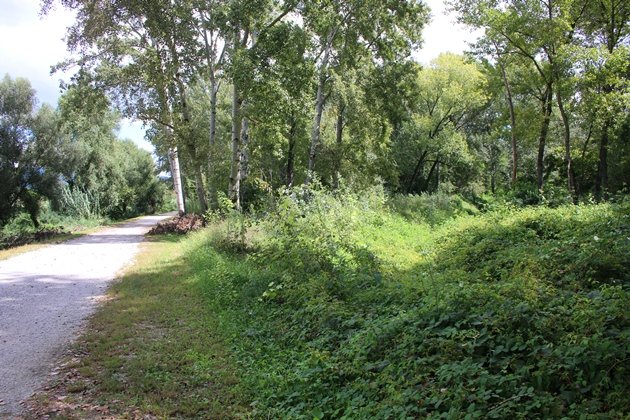

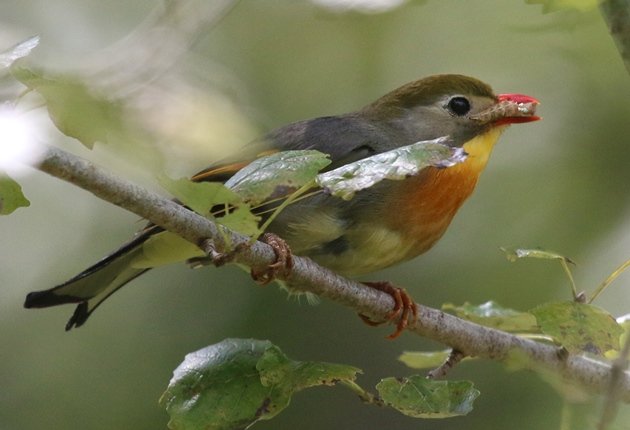

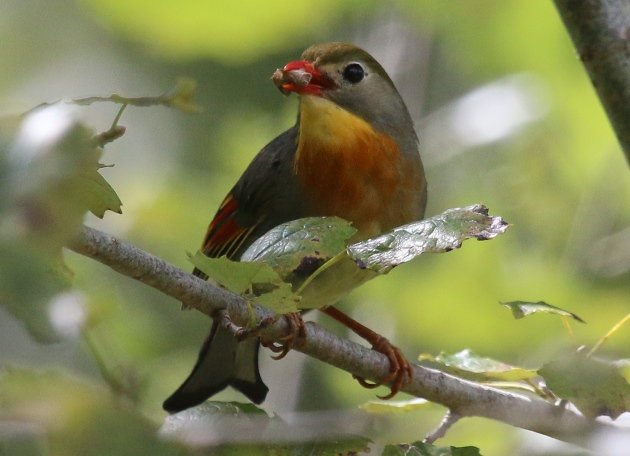
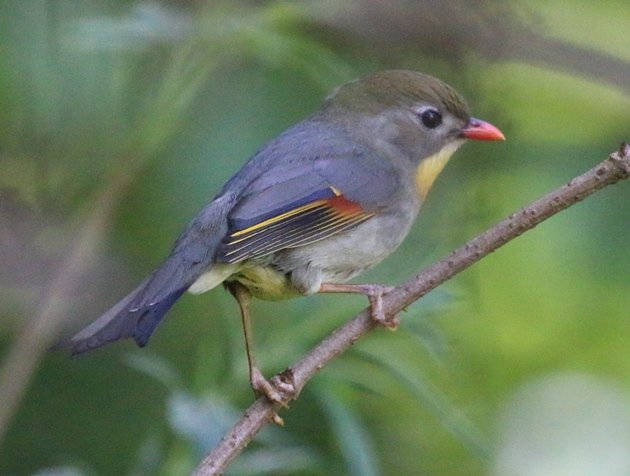
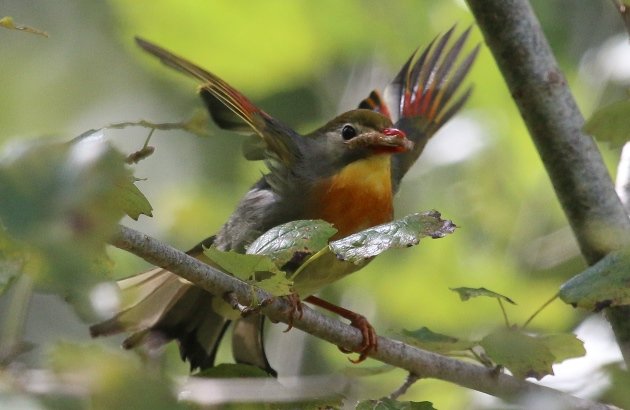






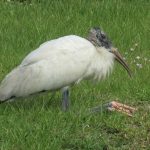
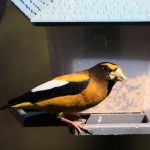
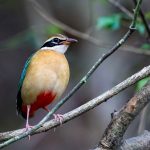
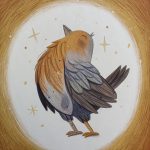
“Celebrated awesomeness” The use of the word “awesome” implies you have been watching too much of a movie involving Danish Plastic Bricks!!!
Great little bird! 🙂
Wait, did the family share your happiness? And was it because they saw how cool the Red-billed Thingamabobs are or because they were glad that the birding was done?
Well the Danish plastic brick movies I’ve been watching with my son all rotate around the three words “Hero – Warrior – Legend”…
Well, they shared my happiness for several reasons: they are happy when I am happy, they liked the bird as it was close enough to be seen, and also because it meant we could now go to Lucca city centre for some Italian ice cream. My son is really into wild animals, but birds are generally too small to capture his attention for very long. He was more impressed by the Little Egret or the numerous Yellow-legged Gulls.
Hahaha! Thought you would be singing along to “Everything is awesome”. 🙂
Awesome blog! Fabulous bird! Great to be laughing out loud 1 st thing in the morning with a cup of coffee; 2nd best to actually going birding. Good for you getting the family to come along for the great show and thank so for the truly awesome (sorry) pictures!
Thanks for the very kind comment!! Yes, laughing out loud 1st thing in the morning is the best way to start into the day, and I promise I’ll do my best to repeat the effect next month! Thanks again, awesome – whoops! – comment! 🙂
Hi Nic!
Yes, if I hadn’t accidentally found them on the internet prior to the trip, I would have been thrown into complete confusion, as someone who has birded Europe for the last 30+ years! Amazing birds, and glad to read you got to see them.
I thought that the title of this post was a joke. From your pictures, I can see that it wasn’t but as always, it was still a funny post anyways.
Thanks! And yes, even SEEING these birds in Europe feels like a joke. Emotionally, they fit in even worse than the Rheas in Germany…
Hello again, Nic (if you’re reading this – I am not on facebook and can’t contact you otherwise),
I just read your blog entry, and the juvi Dotterell in the mountains above Genoa is quite remarkable, with a great picture to prove it. Have you reported it to Italian observers? If not, I could do that in your name if you give me the date an exact location.
Cheers!
A Red Billed Leiothrix of Tuscany flew into our house today in Sombrun, France. (Dept. 65) What an amazing, beautiful bird and what a tick.
Hello David! So far as I know, there are also several small isolated (and “countable”) populations of Red-billed Leiothrix in France. They truly are amazing birds! Congratulations!!
Visiting my grandmothers village in northern Tuscany. Coloretta,Massa Carrara, I decided to take a walk in the pine forest next to my cousins house. I heard the strange warning calls in the trees eight foot away. After a few minutes I was astounded to see the two most exotic small birds I’ve ever seen. Made mental notes and watched them for ten minutes. When back at house after frantic searching on the web I found your article and pics that confirmed my amazing discovery… the red Billed Leiothrix. Happiness!
This morning, while walking the dog with my girlfriend (we live in Lucca), we spotted some Pekin Robins for the first time. Right in the same spot you mentioned. What an incredible sight!
Google led me to this website while looking for more information.
Along the Serchio but in a different location we also found an amazing spot for Bee-eaters and Kingfishers.
We’ve just seen a flock of them near a village called Fibbiano in the hills behind Lucca!!! Couldn’t find it in the European bird book so resorted to Google and couldn’t believe this post. Thank you ……. Would never have known it and your picture completely confirmed what we saw with our binoculars……. amazing!!!